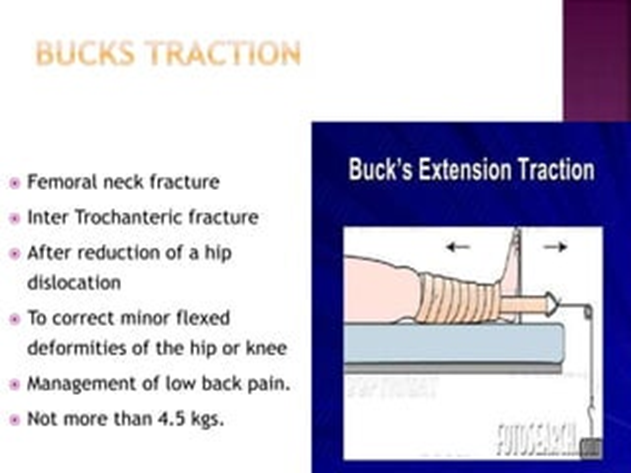When providing care for a client who has facial fractures, the nurse notices a strong mouth odor. Which of the following terms should the nurse use to document this finding?
Stomatitis
Gingivitis
Halitosis
Pyorrhea
The Correct Answer is C
A. Stomatitis
Stomatitis refers to inflammation of the oral mucosa, which includes the lips, cheeks, gums, tongue, and palate. It can be caused by various factors, such as infections, irritants, or systemic conditions. While stomatitis may contribute to changes in oral odor, it encompasses a broader range of inflammatory conditions within the oral cavity.
B. Gingivitis
Gingivitis is inflammation of the gums (gingiva). It is often caused by plaque buildup and can lead to redness, swelling, and bleeding of the gums. While gingivitis may contribute to bad breath, it specifically involves inflammation of the gum tissue.
C. Halitosis
Halitosis refers to bad breath or a strong mouth odor. It can be caused by various factors, including poor oral hygiene, infections, dental conditions, or systemic diseases. In the context of a client with facial fractures, the nurse might observe halitosis due to challenges in maintaining oral hygiene or potential injuries.
D. Pyorrhea
Pyorrhea is an outdated term that was historically used to describe advanced stages of periodontal disease, including inflammation of the gums and supporting structures. The term is not commonly used in modern dental or medical terminology.
Nursing Test Bank
Naxlex Comprehensive Predictor Exams
Related Questions
Correct Answer is A
Explanation
A. "I’ll apply ice to my ankle for 20 minutes every hour."
This is the correct choice. Applying ice for a specified duration (20 minutes) every hour is a standard recommendation for managing swelling and pain associated with an ankle sprain. It helps reduce inflammation and provides relief.
B. "I’ll rewrap my ankle starting from the knee down."
This statement indicates a misunderstanding. When rewrapping an ankle, it should be done from the bottom (proximal) to the top (distal) to provide proper compression. Starting from the knee down is not the correct technique.
C. "I’ll walk on my ankle for 10 minutes every hour."
This statement may indicate a misunderstanding or potential for harm. Immediate weight-bearing or walking on an injured ankle, especially after a sprain, is generally not recommended. Rest is often a key component of initial management.
D. "I’ll put a heating pad on my ankle at bedtime tonight."
This statement may indicate a misunderstanding. Heat is not typically recommended in the initial stages of treating an acute injury like an ankle sprain, as it may increase inflammation. Ice (cold therapy) is usually the preferred modality early on to reduce swelling and pain.
Correct Answer is B
Explanation
A. Reduction of the fracture:
Buck's traction is not primarily intended for the reduction (realignment) of the fractured bones. While it may help maintain proper alignment, the primary goal is to provide temporary immobilization and relieve muscle spasms until more definitive treatment, such as surgery, can be performed.
B. Relief from muscle spasms:
This is the correct answer. Buck's traction is commonly used to alleviate muscle spasms associated with hip fractures. The traction force helps to relax the muscles, reduce pain, and maintain the alignment of the fractured bones.
C. Alignment of the pins:
Buck's traction does not involve the insertion of pins into the bone. It uses a boot attached to the leg, and the traction force is applied externally to the limb to achieve the desired therapeutic effects.
D. Support for moving the extremity:
Buck's traction is not intended to support active movement of the extremity. Instead, it provides temporary immobilization to prevent further injury and facilitate the healing process before more definitive interventions, such as surgery, are undertaken.

Whether you are a student looking to ace your exams or a practicing nurse seeking to enhance your expertise , our nursing education contents will empower you with the confidence and competence to make a difference in the lives of patients and become a respected leader in the healthcare field.
Visit Naxlex, invest in your future and unlock endless possibilities with our unparalleled nursing education contents today
Report Wrong Answer on the Current Question
Do you disagree with the answer? If yes, what is your expected answer? Explain.
Kindly be descriptive with the issue you are facing.
